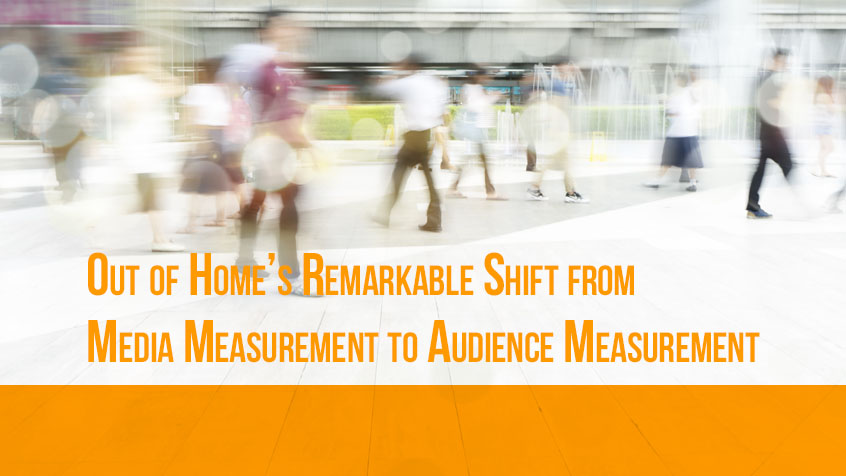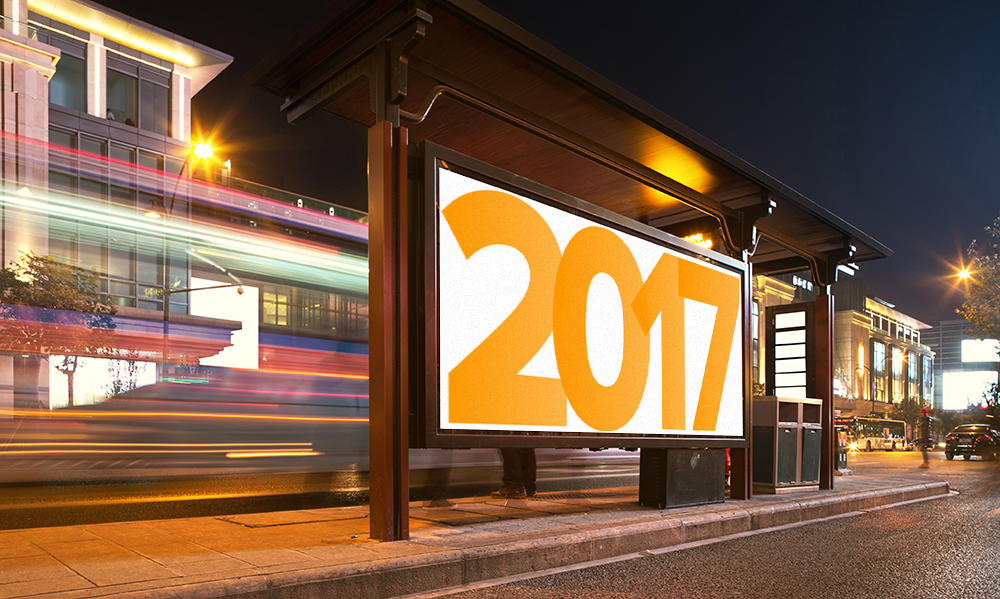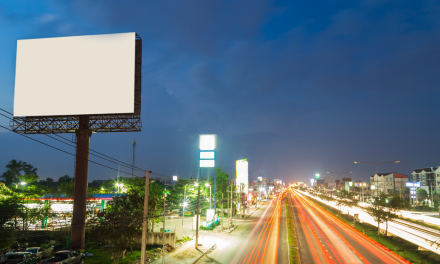OOH media is a powerful medium for reaching your target audience. It’s effective in getting your message across quickly and with a narrow focus, making it hard to miss. Brands can reach people in key moments of their day when they are more receptive and less distracted by other media. This means consumers are more likely to notice and respond to your ad when they’re ready to make a decision. In this article, we’ll explore the many benefits of using OOH media to build your brand’s overall value.
The Importance of Being Brand
As marketers, we all recognize the importance of “The Brand” and brand-building efforts. But in practice, we often see much of marketers’ efforts focused on the short-term. The rapid growth of digital media, with its immediate and easily quantifiable results, has pushed these tendencies even further.
The fact is that most brands are spending too much on short-term/performance marketing and not enough on long-term brand building. In their work, The Long and the Short of It, statisticians Les Binet and Peter Field found that advertisers should be devoting 60% of the budget to brand-building efforts and 40% to short-term activations.
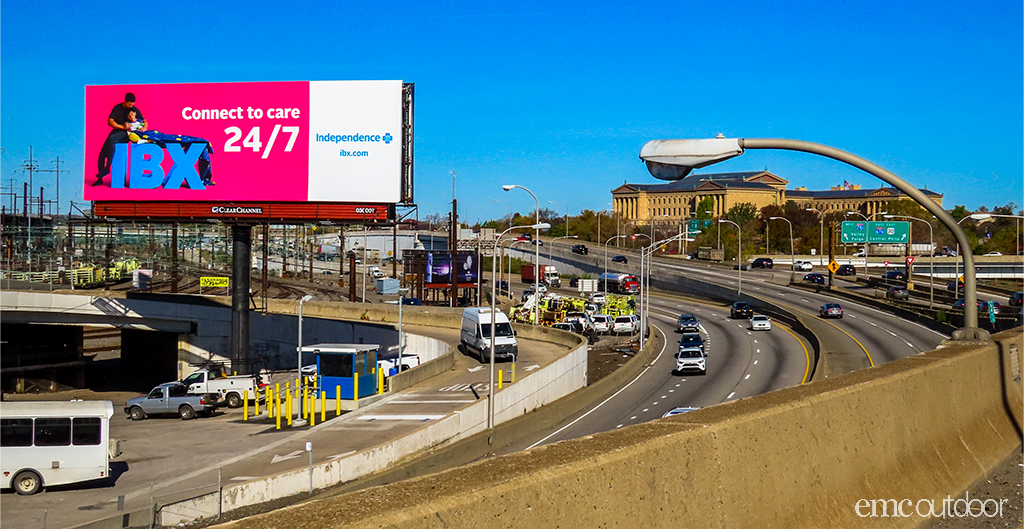
The problem is that performance marketing will provide an impressive burst of activity. But looked at over time, these create peaks and valleys—not consistent, sustained growth. It’s understandable. We all like the dopamine hit of immediate gratification. But when you look at both results over the long-term, and we’re talking multiple years here, brand-building results in much greater growth. Out of home media is a workhorse when it comes to brand awareness and brand building—it’s one of OOH’s superpowers. Let’s take a look at how OOH can be used for long-term brand building.
What Is Out-of-Home Media?
Out-of-home (OOH) media refers to any advertising medium outside of the home, such as bulletins, transit shelters, or bus advertising, to name a few examples. It also encompasses lifestyle and venue-based media, such as advertisements in gas stations, convenience stores, and fitness centers. OOH advertising is attractive to brands as it enables them to reach consumers while they go about their daily routines without feeling intrusive.
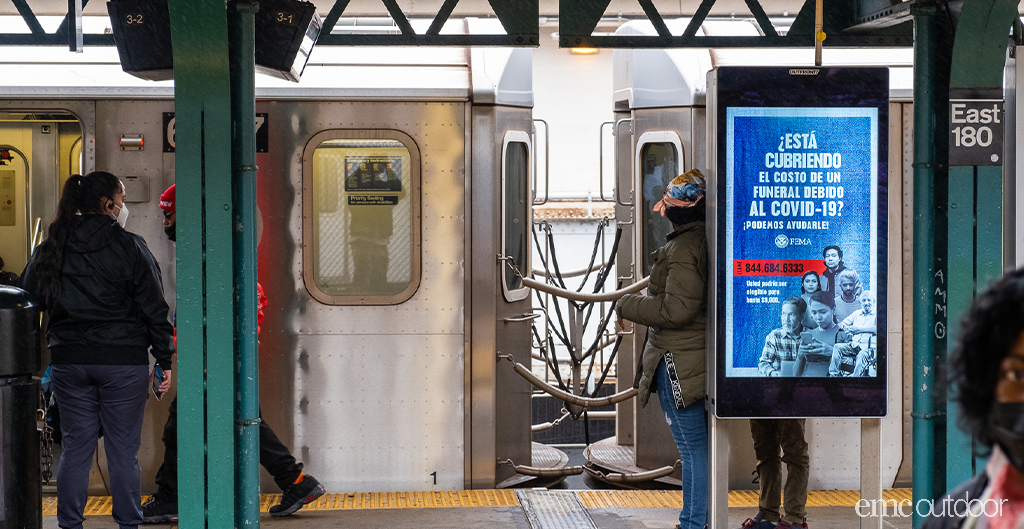
Examples of Out-of-Home Media
- Wallscape
- Billboards
- Transportation ads
- Street furniture (i.e. bus shelters)
Experiential advertising is another world of OOH advertising that involves creating a memorable moment for consumers around an existing event or creating one where there wasn’t one before.
How Does OOH Advertising Differ from Other Marketing Channels?
Unlike other forms of advertising that can be intrusive and feel like they are being forced upon consumers, OOH advertising is part of the natural landscape that people are accustomed to, making it less intrusive and more likely to be remembered. Additionally, OOH advertising can target specific audiences based on their location, such as people working out in a gym or at a convention center for a conference in their particular industry. This allows brands to reach their desired audience more naturally and organically, rather than spending money putting their brand in front of people who are not the right audience for their products or services.
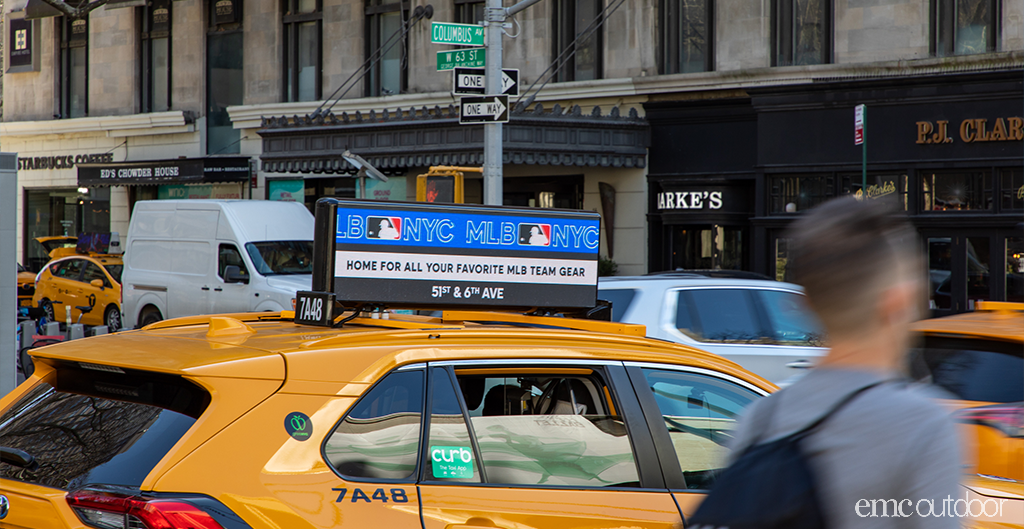
Another benefit of OOH advertising is that it is highly visible and can reach a broad audience. OOH is a “one-to-many” medium, which makes it a cost-effective brand awareness builder. People not interested in TV, radio, or print advertising may still be exposed to OOH advertising as they drive, shop, or walk around their neighborhood. This can increase brand recognition and awareness, increasing sales and revenue. In addition, out-of-home advertising is real and cannot be turned off or avoided like digital advertising. This creates a sense of permanence and impact on the audience that is not found in digital advertising. And because OOH advertising is more permanent than digital advertising, it takes trust and communication amongst a marketing team to pull it off effectively.
How Will OOH Advertising Benefit My Brand Long-Term?
Long-term brand building is a critical part of any successful marketing strategy, and OOH advertising can support that goal. For a long time, many brands, including big-name brands, were focused on short-term, one-to-one performance marketing, but brands have now started to shift their focus—and their budgets—back to long-term brand-building.
B2B spending on traditional advertising in the U.S. has increased steadily over the last few years, from a total of 13.52 billion in 2020 to a projected total of 19.22 billion in 2024. Digital OOH advertising in particular grew by 15% last year and is back to pre-pandemic levels. High-profile brands like Airbnb and Adidas are seeing a lot of success with this return to traditional advertising strategies.
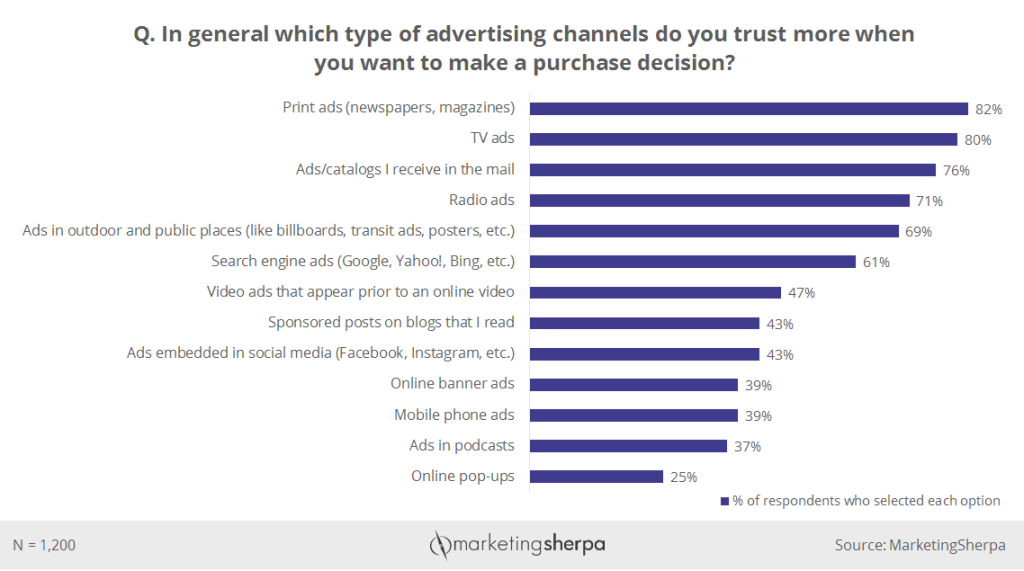
“In 2019, before the pandemic, we shifted our marketing strategy to be more brand-driven and even less dependent on search engine marketing,” Airbnb’s chief financial officer Dave Stephenson told investors in 2022. “We made that shift, and it has proven to have been the right shift, not only in 2019 but in 2020 and 2021.” CEO Brian Chesky affirmed this sentiment, saying the company now views the role of marketing as one of “education,” not “to buy customers.”
In 2019, Adidas also made the switch from focusing on digital to traditional advertising, with excellent results. Adidas brought in an econometric model for marketing that showed them, among other things, that brand activity, not performance, was driving 65% of sales across wholesale, retail, and e-commerce. This made it clear that the current advertising split of 23% into brand and 77% into performance was not working for them.
“We’re gradually beginning to invest much more in our brand,” said Global Media Director Simon Peel. “As we’ve done that, it’s correlated with our growth. I don’t think it’s necessarily been the cause of it; it’s representative of a new way of thinking within the organization, which is about brand desire and looking after the long-term health of the brand.”
The Creativity of OOH Can Align Perfectly with Branding
OOH advertising can help to strengthen brand recognition. By utilizing third-party data, OOH advertising agencies can understand which zip codes are highly indexed for a specific target audience, allowing them to plan the advertising campaign accordingly. This initial discussion with the brand helps to turn their vision into a reality.
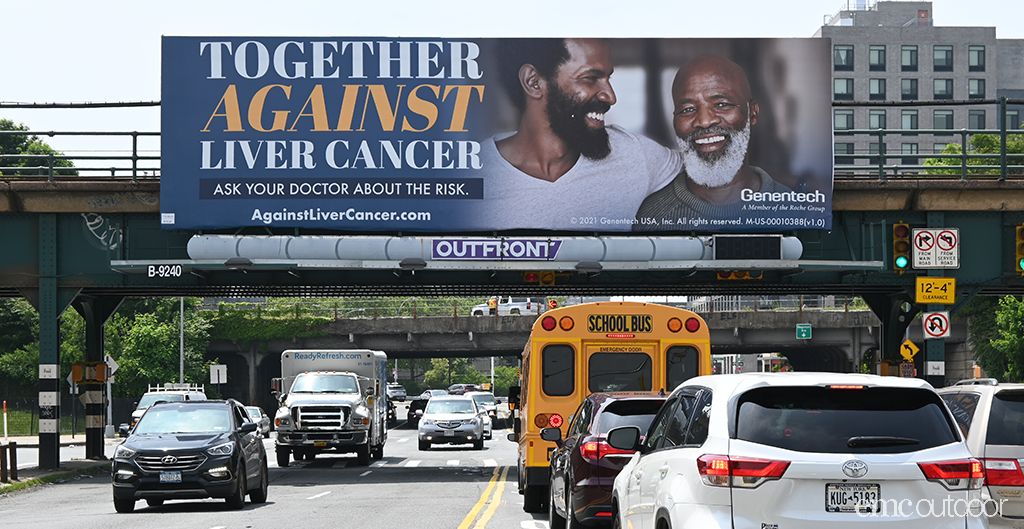
Out-of-home advertising also allows for engaging and hyperlocal ads that can connect with the feel and character of communities. For example, out-of-home advertising can be used for public service announcements and community involvement, making people feel good about the messages they see. And because out-of-home advertising is place-based and does not travel with the viewer like digital ads, it creates a unique opportunity to put brands in front of people who need to see them. OOH advertising even has the potential to save lives, with anti-drug PSAs or strategically placed messages about suicide prevention.
There’s also potential for a great deal of creativity when it comes to out-of-home advertising – the sky’s the limit with the kinds of advertising you can create—see the “I Hate Steven Singer” bulletin campaign or IKEA’s Canadian moving day billboards.
Final Thoughts on OOH Media
With its ability to reach a broad audience and its natural integration into people’s daily routines, OOH advertising is essential for brands looking to increase their sales and revenue.
Ready to learn about how OOH media can take your business to the next level?
Contact EMC Outdoor by going to our website, and we’ll explore options with you.



